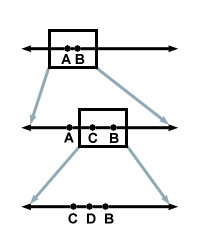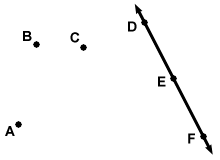Please wait while we process your payment
If you don't see it, please check your spam folder. Sometimes it can end up there.
If you don't see it, please check your spam folder. Sometimes it can end up there.
Please wait while we process your payment

By signing up you agree to our terms and privacy policy.
Don’t have an account? Subscribe now
Create Your Account
Sign up for your FREE 7-day trial
By signing up you agree to our terms and privacy policy.
Already have an account? Log in
Your Email
Choose Your Plan
Individual
Group Discount
Save over 50% with a SparkNotes PLUS Annual Plan!
 payment page
payment page
Purchasing SparkNotes PLUS for a group?
Get Annual Plans at a discount when you buy 2 or more!
Price
$24.99 $18.74 /subscription + tax
Subtotal $37.48 + tax
Save 25% on 2-49 accounts
Save 30% on 50-99 accounts
Want 100 or more? Contact us for a customized plan.
 payment page
payment page
Your Plan
Payment Details
Payment Summary
SparkNotes Plus
You'll be billed after your free trial ends.
7-Day Free Trial
Not Applicable
Renews July 7, 2025 June 30, 2025
Discounts (applied to next billing)
DUE NOW
US $0.00
SNPLUSROCKS20 | 20% Discount
This is not a valid promo code.
Discount Code (one code per order)
SparkNotes PLUS Annual Plan - Group Discount
Qty: 00
SparkNotes Plus subscription is $4.99/month or $24.99/year as selected above. The free trial period is the first 7 days of your subscription. TO CANCEL YOUR SUBSCRIPTION AND AVOID BEING CHARGED, YOU MUST CANCEL BEFORE THE END OF THE FREE TRIAL PERIOD. You may cancel your subscription on your Subscription and Billing page or contact Customer Support at custserv@bn.com. Your subscription will continue automatically once the free trial period is over. Free trial is available to new customers only.
Choose Your Plan
This site is protected by reCAPTCHA and the Google Privacy Policy and Terms of Service apply.
For the next 7 days, you'll have access to awesome PLUS stuff like AP English test prep, No Fear Shakespeare translations and audio, a note-taking tool, personalized dashboard, & much more!
You’ve successfully purchased a group discount. Your group members can use the joining link below to redeem their group membership. You'll also receive an email with the link.
Members will be prompted to log in or create an account to redeem their group membership.
Thanks for creating a SparkNotes account! Continue to start your free trial.
We're sorry, we could not create your account. SparkNotes PLUS is not available in your country. See what countries we’re in.
There was an error creating your account. Please check your payment details and try again.
Please wait while we process your payment

Your PLUS subscription has expired
Please wait while we process your payment
Please wait while we process your payment

Lines
A line is the infinite set of all points arrayed in a straight formation.
It is difficult to formally define, but easy to understand. A line has no
thickness, it has only length, and can be named by any two points on that
line. For example, a line can be called line AB, or symbolized:

To form a line, take any two points, A and B, and draw a straight line through them. The line AB looks like this on paper:

A line extends in both directions without bound; this is why lines are usually depicted with arrows on each end. Its length is infinite, and between any two points on a line, there lie an infinite number of other points. Do you see why? You can choose two points on a line that seem to lie very close to each other, but if you "zoom in" on these points, you can always identify a point halfway between them. Then you can repeat the process with one of the original "close" points and the new halfway point to identify another point in between the two "close" points. This way you can find an infinite number of points between any two points on a line.

Points are called colinear if they lie in the same line. Likewise, points
are called noncolinear if they lie in different lines. Since a line is
determined by two points, any two points are always colinear. When a group of
three points is considered, however, they may be noncolinear. Colinearity is a
relative term. Points are only colinear or noncolinear when considered with
respect to other points. The figure below has a set of noncolinear points on
the left, and a set of colinear points on the right.

A line segment is the portion of a line that lies between two points on that
line, points A and B. Whereas a line has infinite length, a line segment has a
finite length. A line segment is denoted by segment AB, or the symbol


A ray is a cross between a line and a line segment. It extends without
bound in one direction, but not the other. It is determined by two points, one
being the starting point for the ray, and the other determining the direction of
the ray. A ray can be symbolized in the following way:


Please wait while we process your payment

